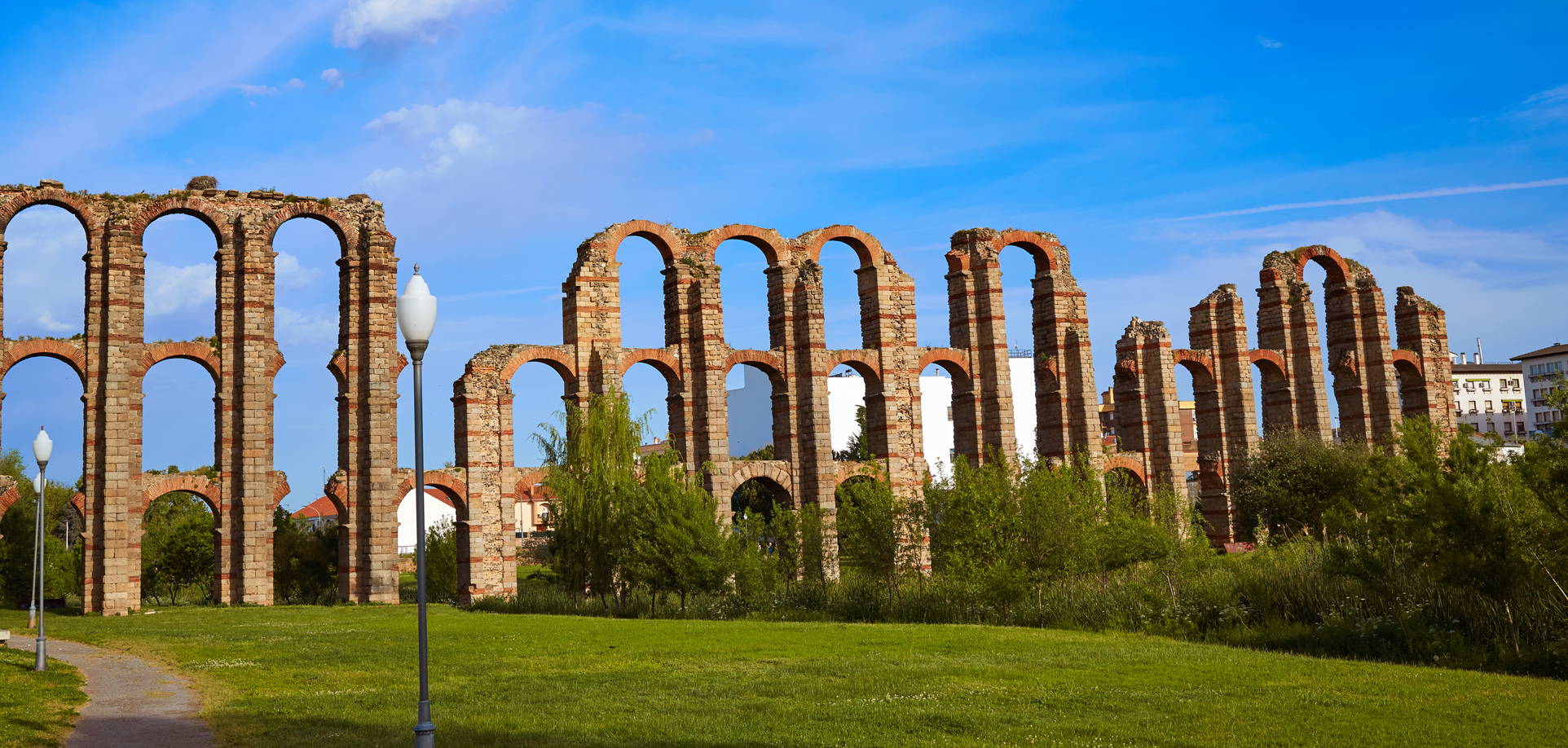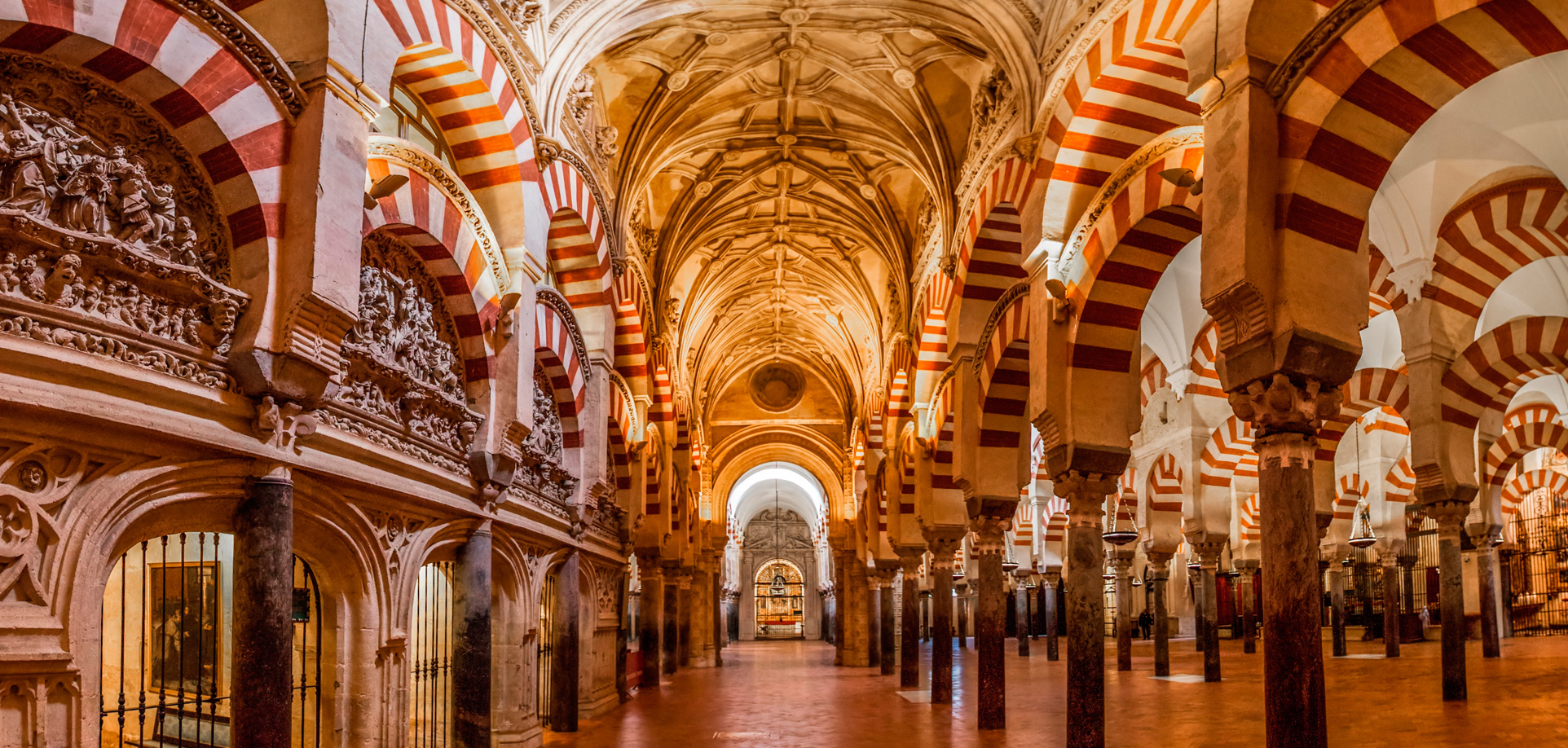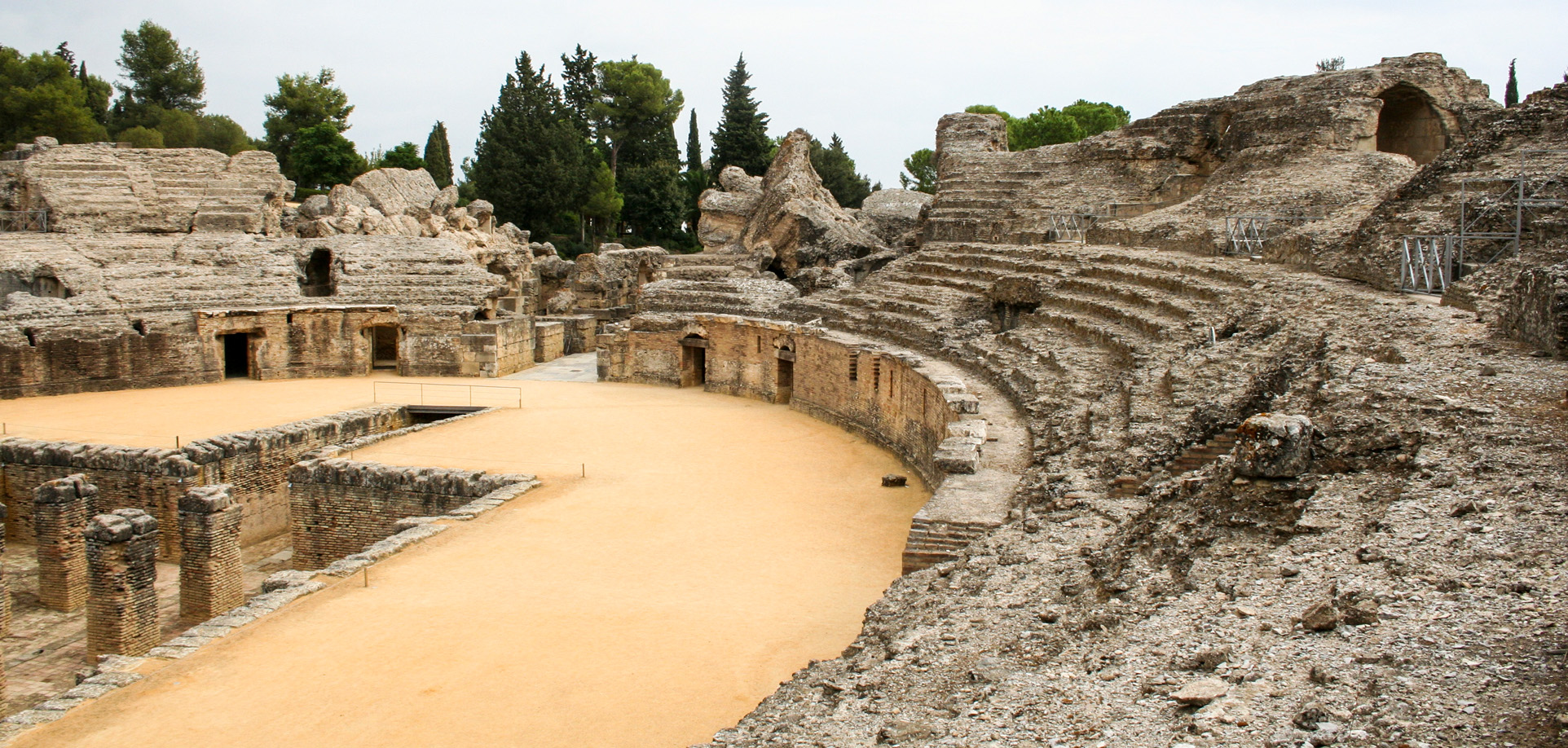THE VÍA DE LA PLATA ROUTE: FOLLOWS IN THE FOOTSTEPS OF ANCIENT ROMAN TROOPS
This route follows the course of an ancient Roman road that linked Seville with Gijón. Be adventurous and take this route that links the north and south of Spain and crosses four autonomous communities with an incredible variety of landscapes, cultures and gastronomy. Andalusia, Extremadura, Castile-León and Asturias.
You’ll be travelling through three Biosphere Reserves and two National Parks:the Doñana in Andalusia and Monfragüe in Cáceres.




